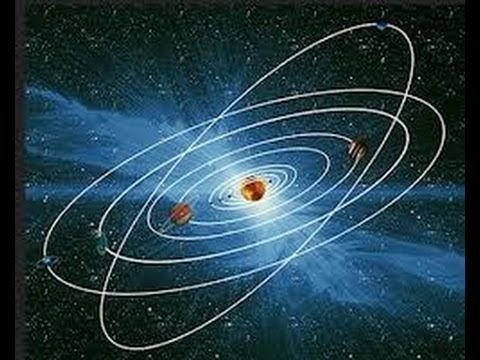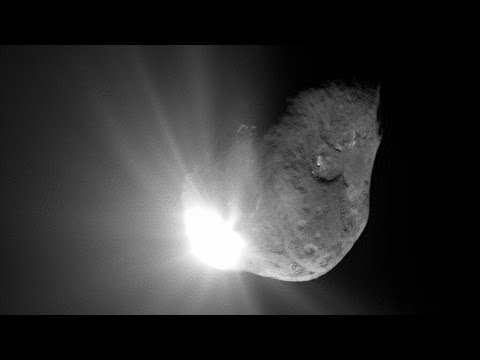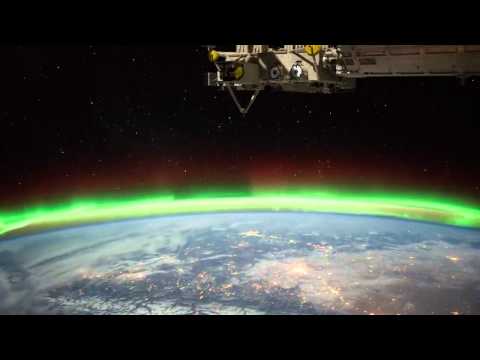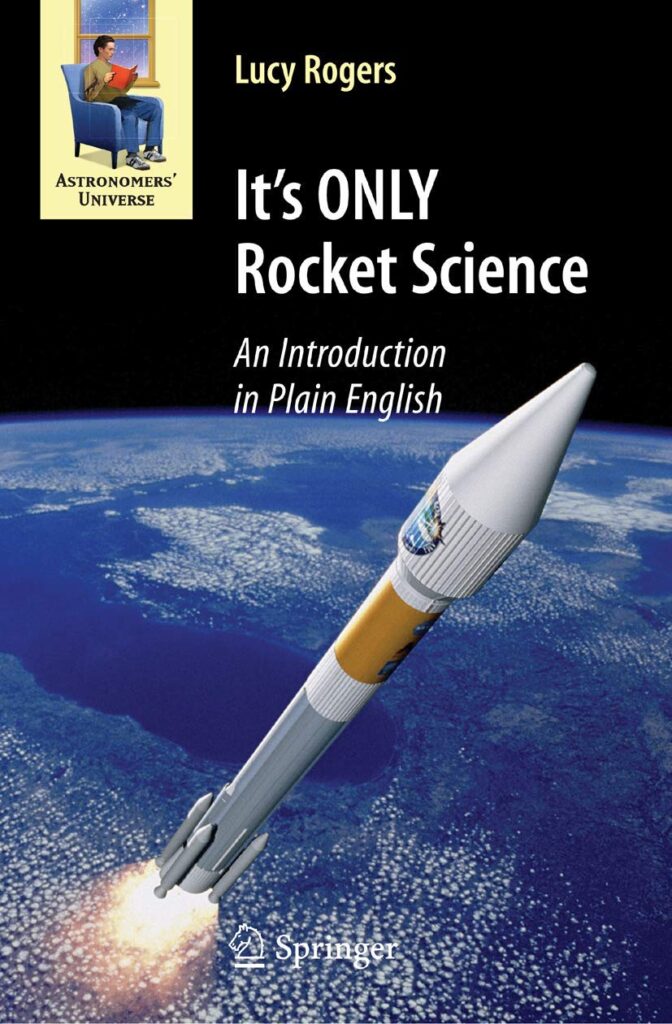The Alpha Centauri System
Since the dawn of the space age, in the middleof the 20th century, we’ve sent unmannedprobes all over the solar system, which havegiven us some incredible images of the planetsand moons that are part of our system. There are plans to send humans to Mars, andthe Galilean moons of Jupiter shouldn’tbe too long after that. But as exciting as it will be to colonizeour system, beyond Mars there are only a handfulof moons that are even remotely fit for suchan endeavor. Our search for habitable worlds will inevitablylead us outside of our own system. This poses a tremendous challenge, becauseas far away as the other planets and moonsin this system are, this distance is utterlyinsignifcant compared to the vast distancesto other stars. We will certainly need to innovate new methodsof propulsion in order to get there in a reasonableamount of time. But we will achieve this, and when we do,where will we go first?The most logical destination once we achievethe capacity for interstellar travel willbe the closest star to our own sun. So which star is this?If we look to Centaurus, a constellation inthe southern sky, we will find this closest star. Or technically, not the single closest, butrather, three stars that are extremely closetogether, which as a whole, represent thesystem that is closest to our sun. This triple star system is called the AlphaCentauri System. The closest of these stars is called ProximaCentauri, named as such because of its proximity,and this star is almost certainly gravitationallybound to the other two, which are called AlphaCentauri A and Alpha Centauri B, which togetherform a binary system. So how far away are these nearest neighbors?They are farther than you think. The fastest probe we have ever built wouldtake over 50,000 years to get there. Even light, traveling at the universal speedlimit, would take more than four years toget there. Proxima Centauri is 4. 23 light years away,while the Alpha Centauri stars are 4. 32 and4. 37 light years away. But if we can invent new methods of propulsion,like fusion, or solar sails, or some otherincredible new technology, it’s possiblethat we could get there within a human lifetime. So what will we find when we get there?Well we would reach Proxima Centauri first. This is a dim red dwarf star, so it’s verytiny and cool, as far as stars go. Its mass is only 12% of our sun’s, and itsradius is around 15% of our sun’s. It has one planet that we call Proxima Centaurib, which is therefore the closest exoplanetto us, or the closest planet outside of oursolar system. It is roughly earth-sized, and has an orbitalperiod of around 11 Earth days. Its orbital radius is around 0. 05 astronomicalunits, or 5% of Earth’s orbital radius. Even though it is so close, because the staris so much smaller and cooler than ours, ProximaCentauri b actually sits in the habitablezone of its star, which mean it could harborliquid water. Based on density calculations, it seems likelythat it has a rocky surface, potentially withfeatures that would be familiar to us, makingit even more reasonable that this will bethe first planet we set foot on outside ofour solar system. The surface temperature depends on the rateof the planet’s rotation. There are two models that seem most probable. Proxima Centauri b may rotate in 3:2 resonancewith its star, which would allow for a relativelysmooth distribution of heat from the staras the planet rotates. But the planet may also be tidally locked,exhibiting synchronous rotation, meaning thatthe same side always faces its star, likethe way the same side of the moon always facesthe Earth. This would make one side very bright and hotand the other side very dark and cold. The habitability of the planet will dependgreatly on which of these turns out to be correct. The atmosphere will also be a factor, andthis will depend on the strength of the planet’smagnetic field. The weaker the magnetic field is, the morelikely it is that activity from its star willhave stripped away the atmosphere. The stronger the magnetic field is, the morelikely it is to have retained an atmosphere,despite stellar activity. We will continue to learn more about thisplanet in the coming decades. There is also some evidence of another planet,named Proxima Centauri c, that may orbit at1. 5 astronomical units, which is extremelyfar from its star relative to the orbit ofProxima Centauri b. However, more data will have to be gatheredto verify its existence. Beyond this, there are two dust belts aroundthe star, one at around 1 to 4 astronomicalunits, and another at around 30. Together, these planets, one confirmed andone unconfirmed, and some accompanying features,make this quite an interesting system. If we were to continue from here, it wouldn’tbe too long before we reach Alpha CentauriA and B. As we said, these make up a binarystar system, which means two stars that arequite close together, orbiting around theircenter of mass, in this particular case onceevery 80 Earth years. Their orbit is elliptical so the distancebetween them changes throughout the orbit,but on average they are about as far apartas our sun and its outermost planets. They are both very sun-like, almost the sameas our sun in mass and size. It is possible that either of these starshas one or more planets, and it is even possiblethat there could be a planet orbiting thebinary system as a whole. We do think it is highly likely that sucha planet exists, but there is not yet sufficientevidence to conclude this. We will continue to study this system fromhere on Earth, as there is more data to gather,and hopefully later in this century, we cansend an unmanned probe in that direction,if we can figure out how to get it going fastenough to make it worth our while. Perhaps if we can make it all the way thereand get some more information, we can shedsome light on the habitability of the planetor planets in this system. Could we ever colonize Proxima Centauri b?It is difficult to say. Because it is very close to Proxima Centauri,which is a flare star, so it is subjectedto intense stellar wind, which means plumesof high-energy particles emitted by ProximaCentauri barrage the surface, with 2,000 timesgreater intensity than our sun sends to ushere on Earth. This would make it difficult to live there,at least without protective habitats, andit also makes it pretty unlikely that we wouldfind any existing life when we get there,as the radiation would kill any microscopiclife we can conceive of. But we certainly don’t know for sure, andwe won’t know for sure until we set footthere ourselves. Hopefully we will unravel the secrets of theAlpha Centauri system one day, and perhapsthere are even people that are already alivethat will personally set foot on these worlds.













